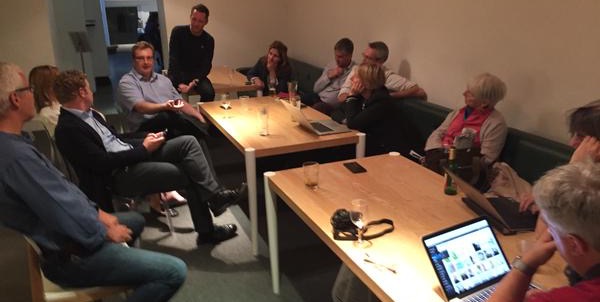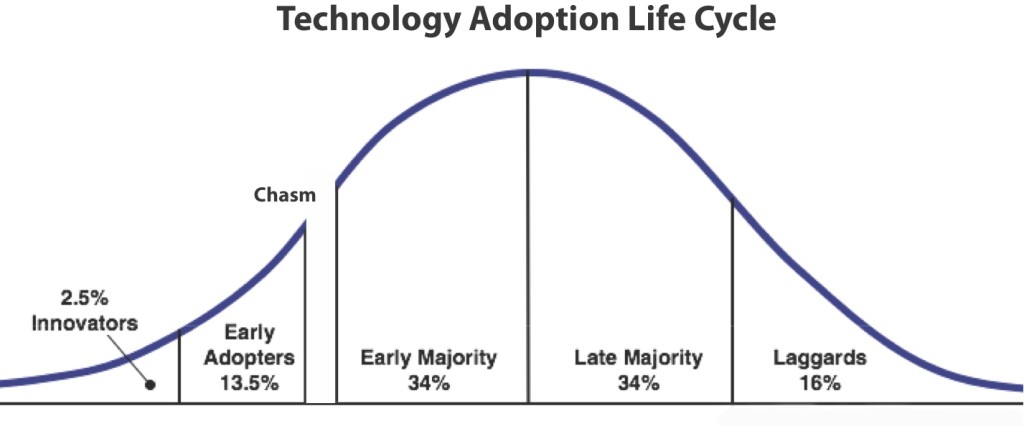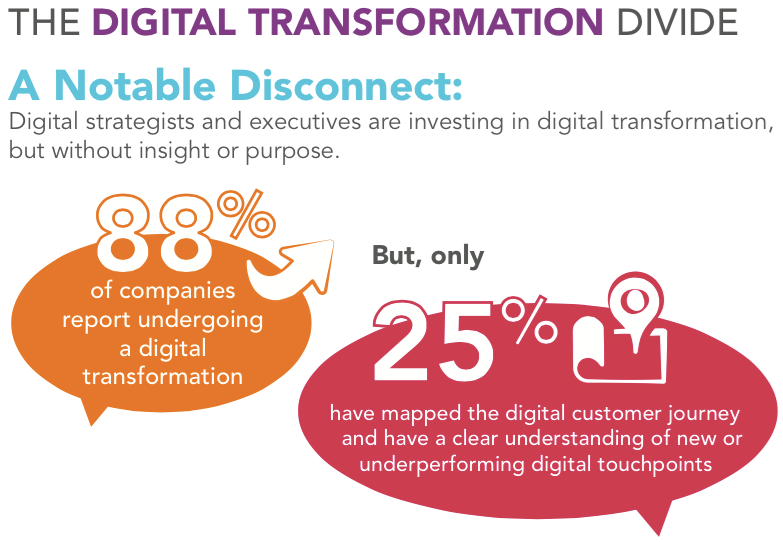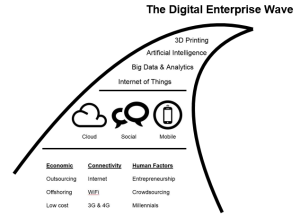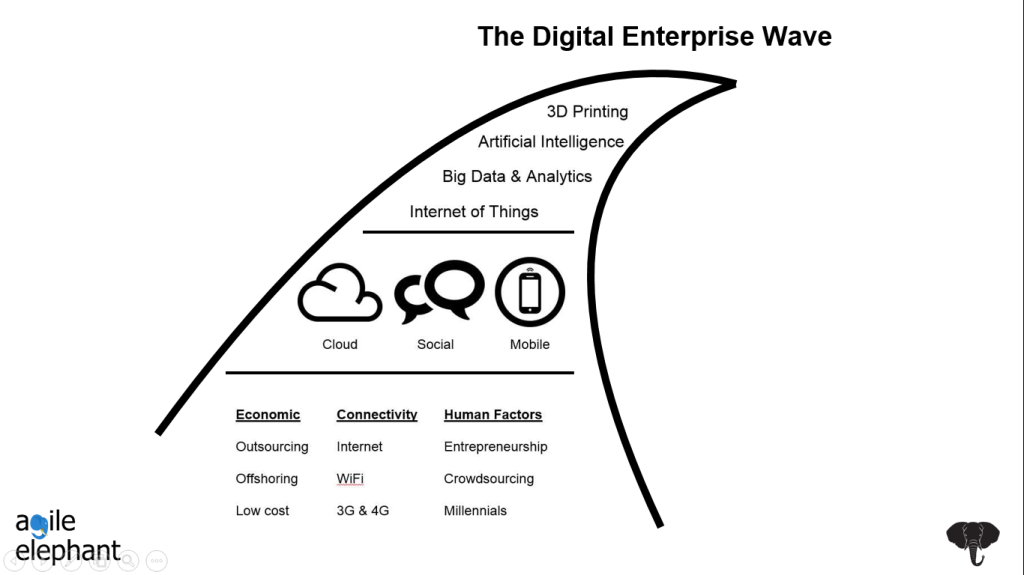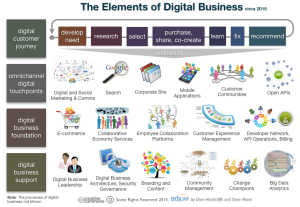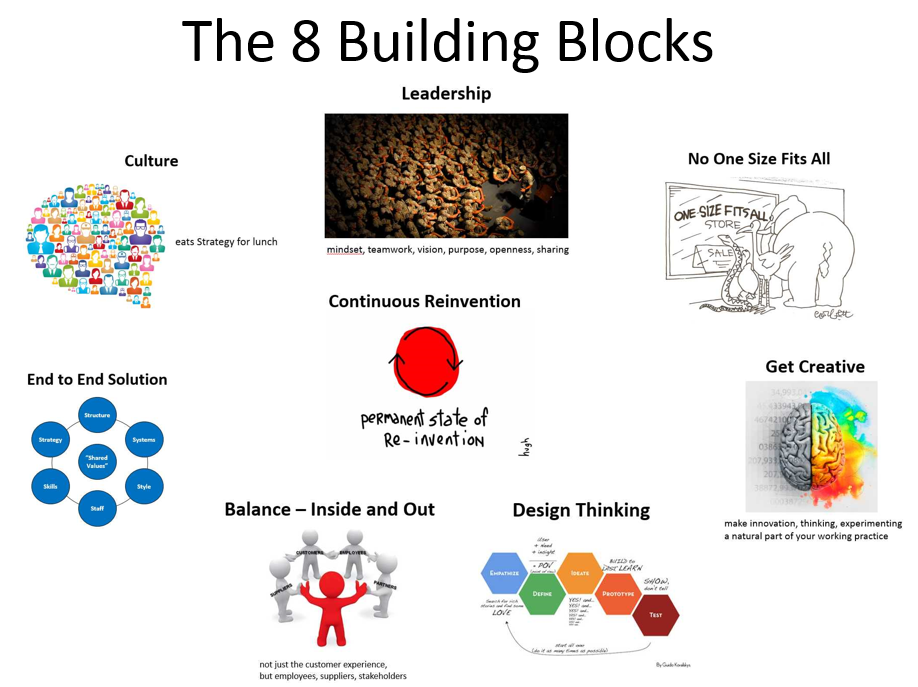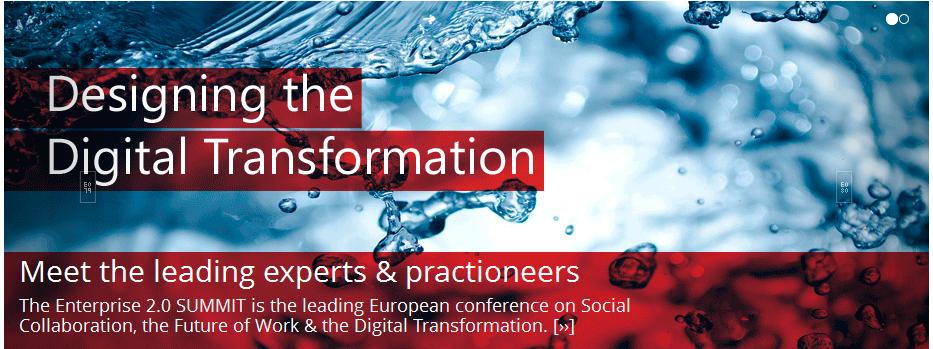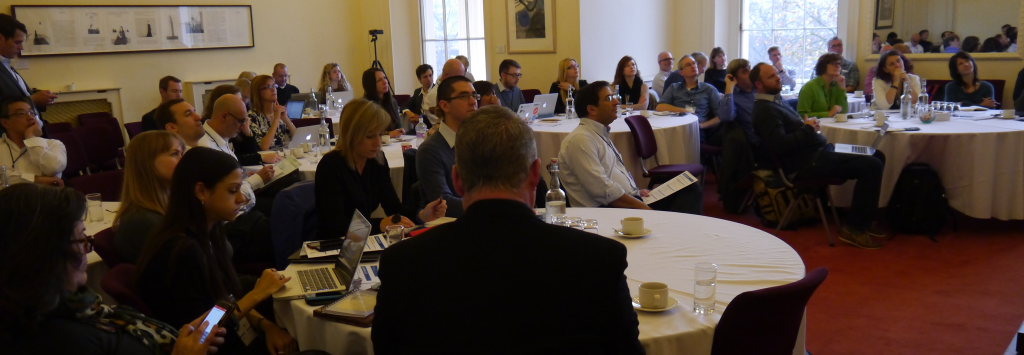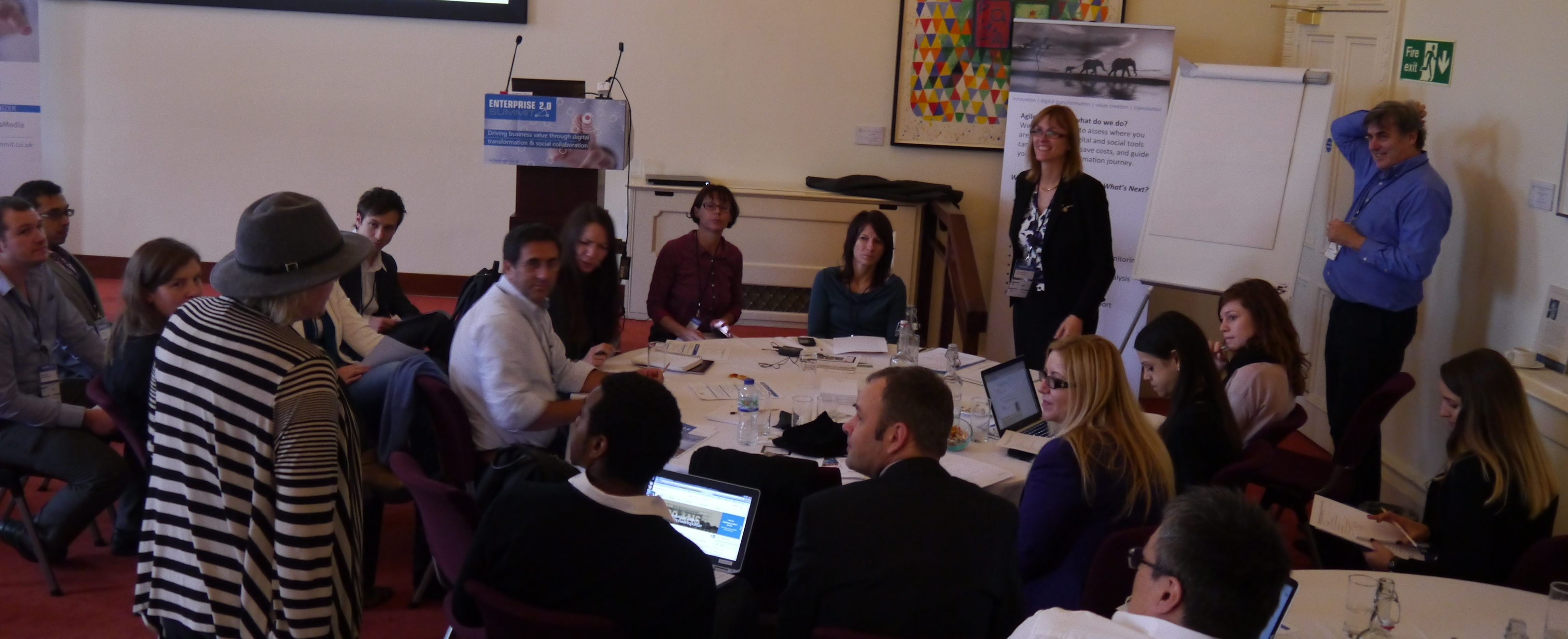 Good social business case studies explaining the advantages of enterprise social networks over long term use are hard to find. Bupa is a great example. I sat down with Del Green, Internal Social Business Manager there, to hear about their 6 years of experience and what they are looking to do next. Del has been involved right from the start and is one of the speakers at the Enterprise Digital Summit on 22 October in London where he will be telling more of the story.
Good social business case studies explaining the advantages of enterprise social networks over long term use are hard to find. Bupa is a great example. I sat down with Del Green, Internal Social Business Manager there, to hear about their 6 years of experience and what they are looking to do next. Del has been involved right from the start and is one of the speakers at the Enterprise Digital Summit on 22 October in London where he will be telling more of the story.
As of today, one of Bupa’s primary ambitions is to become a truly digital business.
Offering health and care services to 29 million customers across 190 countries, it’s crucial that Bupa’s 80,000 employees around the world are constantly connected and have the ability to easily collaborate with one another, sharing ideas, successes, advice and much more.
 This is why Bupa Live was created 6 years ago – a multifunctional network enabling colleagues to connect with each other and bring leadership closer to the front line of the business.
This is why Bupa Live was created 6 years ago – a multifunctional network enabling colleagues to connect with each other and bring leadership closer to the front line of the business.
With appox 60% of Bupa employees not regularly working with computers, Bupa Live can be accessed via mobile devices at any time. It can be used in a variety of ways: to start discussions; create blogs; post polls; upload videos; network with colleagues worldwide; and much more.
It’s also used to support key internal campaigns around the business, such as Bupa Thanks, where employees are encouraged to thank their colleagues via e-cards. Thousands of employees have done just that across all of Bupa’s Market Units, highlighting the importance and benefits of collaborative networks such as Bupa Live.
By promoting campaigns internally on a global scale it ensures all colleagues share the same vision and feel as though they play an important part in Bupa’s growth moving forward.
What’s more, Bupa Live helps to bring leadership closer to the rest of the business. For instance, Chief Executive Officer Stuart Fletcher is very active on the network, participating in discussions, hosting webchats and getting a feel of peoples’ thoughts around Bupa.
Another example is how Chief Medical Officer Paul Zollinger-Read uses the network to host live webchats with the clinical community, as well as uploading podcasts and blogs on current global health issues – with World Health Day 2015 being a typical example.
Although Del believes Bupa is currently in a great place as it strives to become a truly digital business, he says there is always more to be done. He said:
“We’re proud of what we’ve created with Bupa Live and it’s great to see thousands of colleagues using it to support each other, share successes and collaborate to help the business grow. Digital is at the forefront of our minds at Bupa and it’s important we keep moving forward.”
Tools like Bupa Live enable the company to become a truly global, better-connected business. Bupa operates all around the world, from the UK, Spain and Hong Kong to Australia, New Zealand and Saudi Arabia – and it’s never been more important to ensure its business growth is backed up by its digital offering.
If you want to hear more from Del and the Bupa story, he will be talking about all things digital at the Enterprise Digital Summit at the British Academy, London, on 22 October. Go here for more details or to book a place. We look forward to seeing you and we’re hoping Del can tell us more about what’s next for Bupa as well as what works and what doesn’t.


